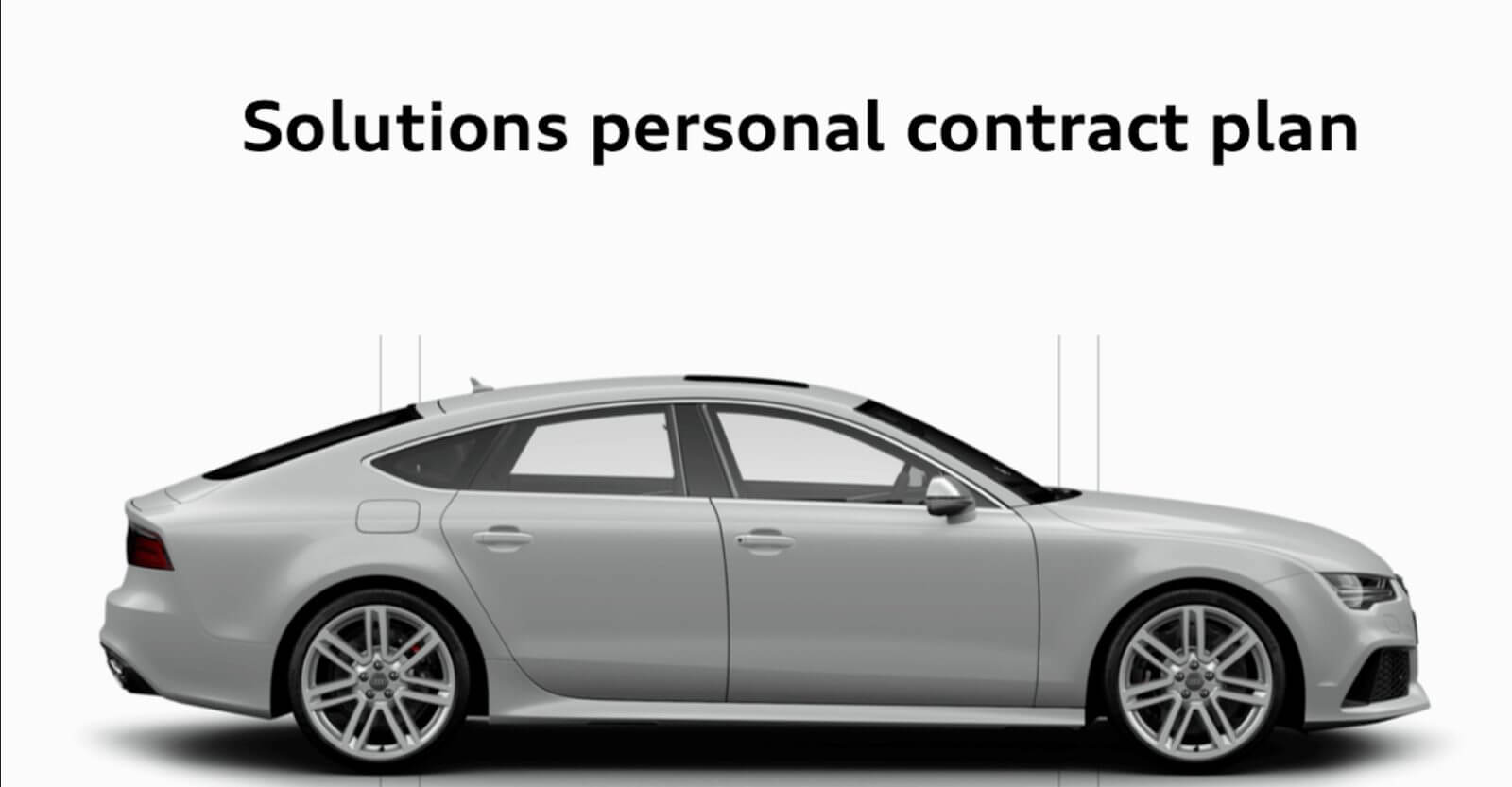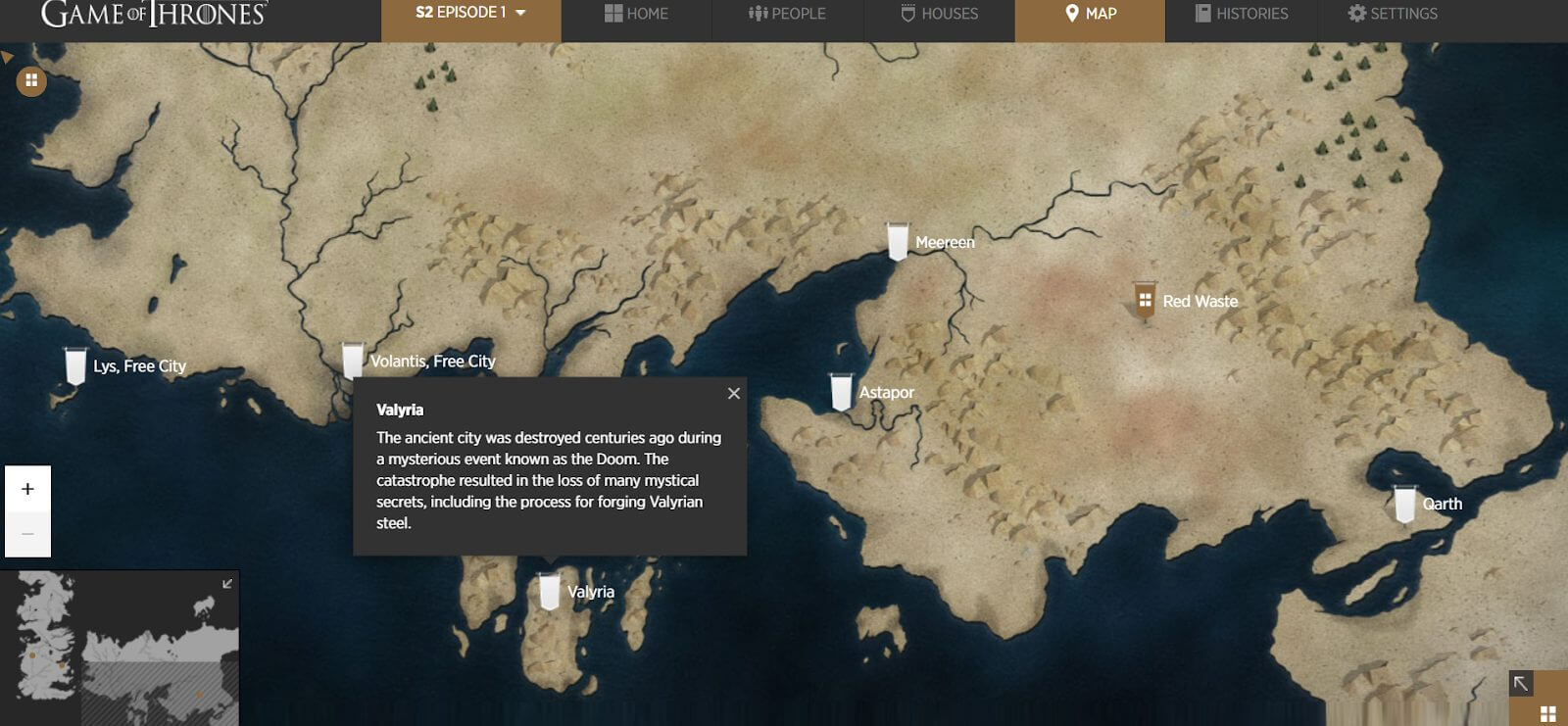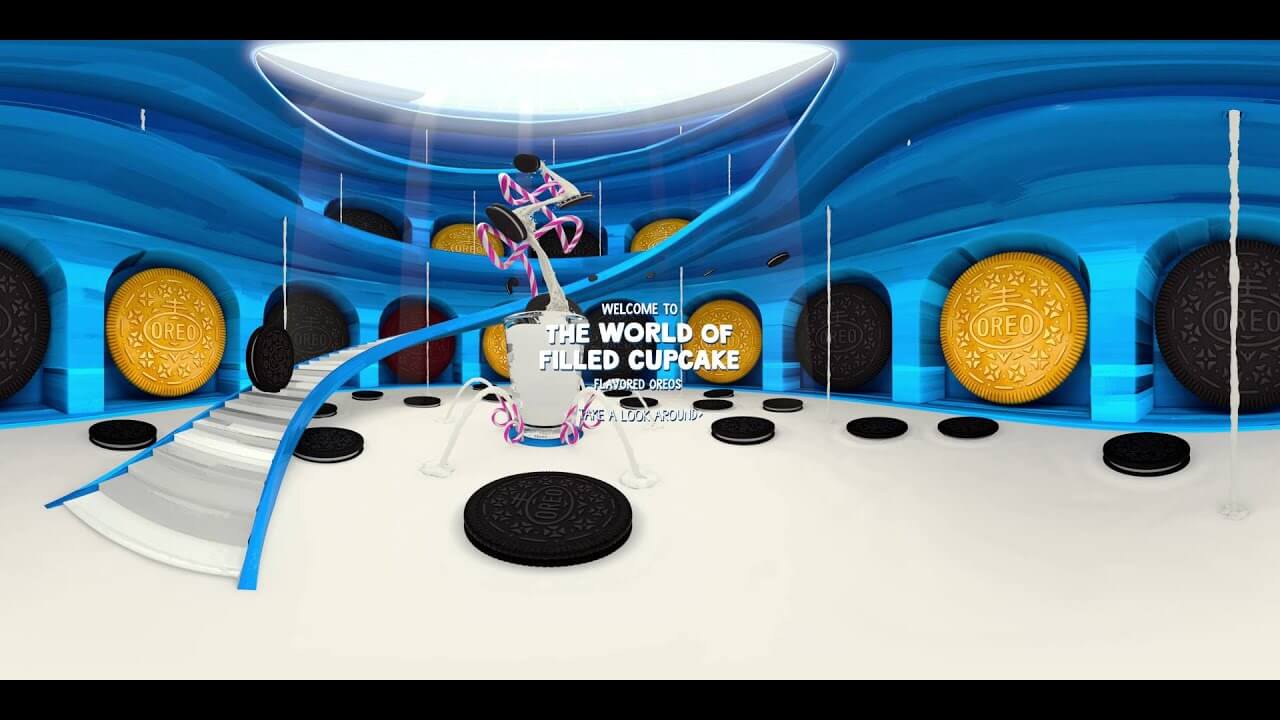Want a heads up when a new story drops? Subscribe here.

Interactive web design uses software and programming code to capture user attention and encourage interaction. More and more designers use 3D objects, videos, animation, and other interactive features to enhance the user experience and make it more personalized.
Basically, the interactive design facilitates involvement with your website through typing, dragging, clicking, and tapping. Through these actions, visitors learn more about your brand, mission, objectives, and products.
The difference between interactive and more basic design is like starting a conversation and talking without listening. To help you increase personalization, let’s take a look at some of the ways you can introduce more interactivity and capitalize on visitors’ interests.
Table of Contents
How To Shift to Interactive Web Design and Personalize User Experience
A good place to start with improving your web design is by adding:
1. Interactive Quizzes
You may think quizzes are not applicable in your niche but in fact, they are highly effective in driving user engagement. Personality quizzes, in particular, encourage visitors to share personal information, helping marketers to learn more about what customers are interested in based on their answers.
Brands can also use personality quizzes to encourage visitors to learn about their products. Think of a quiz that allows customers to find out which of your products works best for them. If they discover that one of your products can help solve their problem, they will be more willing to engage with you and make a purchase.
How to approach it
Marketing is about solving problems that customers see value in solving. When crafting quiz questions, define a problem that your product can easily fix and do it from the customer’s point of view.
What are the biggest challenges that consumers face? You should aim at identifying important pain points and customers’ issues.
Articulate a pressing problem and ask questions such as: What might be the causes? How severe is it? In what circumstances does it occur? How often does it occur? How is it affecting you or the people around you? Has it gotten worse? How long has it been going on?
Based on the answers to these questions, you can offer one of your products as the optimal solution. When writing the quiz results, make sure you explain how your product addresses the questions above.
An entertaining example of a brand incorporating quizzes is Heineken. They’ve gone as far as creating a whole ad campaign video for an HR campaign introducing the company in a funny way and asking potential job applicants 12 questions that helped people find out if they were a good fit for the company.

Heineken Interactive Web Design Video
The campaign broke records achieving a 300% increase in job applications and managed to engage 67% of viewers to take their test, spending an average of 5.3 minutes watching the video.
2. Interactive Calculators
Interactive calculators also encourage users to share personal information. If you are like most people, you probably already used a mortgage or loan calculator where you have to enter the interest rate, term, annual income, and other specifics.
Finance calculators help customers to decide what car or home loan they are eligible for. Businesses can use them to segment high-value customers as a strategy to close more deals. This is also a way to offer value to users since they don’t have to hire an accountant or go to their bank to find out where they stand.
How to approach it
Depending on your niche, you can choose from different types of online calculators, including body mass index, calorie, pregnancy, percentile, currency converter, and so on. If your visitors find them useful, they are likely to come back for more.
You can look for inspiration at Audi’s financing calculator, for instance. They helped users build a Personal Contract Plan through a real-time calculator that can be edited and adjusted and provides a full list of payments, depending on the user’s results.

Audi Finance Calculator
3. Interactive Visualizations
Maps, charts, graphs, and infographics can live virtually anywhere within your interactive web design. The way you choose to present data depends on intent.
If you want to share state-by-state data on a topic like median income, gasoline consumption, or property values, an interactive map can be a good choice. It allows users to click on a state to get more information or hover over a state for some basic facts and figures.
Interactive maps offer some real benefits to businesses across sectors. If you are a travel agent, for example, you’d like to add a map of all the cities around the world, along with top-rated landmarks and attractions that are popular with visitors and locals.
The technique works for entertainment as well. Look at HBO’s land of Game of Thrones. They’ve created an interactive map of the popular series fictional world with locations for their landing page.

GoT Interactive Web Design Video
Visitors can interact with the map by hovering over the locations and getting more information about each one of them.
How to approach it
If you are a real estate agent, you can use an interactive map showing all available homes or vacation properties and their prices. A shopping mall can add an interactive map to show where restaurants, bookstores, stores, and restrooms are located. As you can see from the above examples, this can be a handy tool to improve the user experience and drive engagement.
Likewise, adding graphic visualizations to your website can help increase viewer interaction. To begin with, this is a compact way to convey complex information and make it more digestible. It is more engaging than talk and print and can be used to show and compare relationships, facts, and changes. Using spoken words along with graphic visualizations is also a way to reach wider audiences.

Using a bar chart is yet another way to communicate your message effectively and clearly and speed up the viewer’s reading. Charts allow data to be summarized and understood with ease, enabling visitors to get the big picture. They are useful for breaking up long slabs of content and allow marketers to identify trends and make comparisons.
Charts and bars are often used by businesses to help tell a story, support an issue or policy, or present useful or important data. However, some brands use graphs that look like the static images you come across in magazines and newspapers.
This is a somehow outdated method to create graphs as there are many alternate ways to create dynamic content. Dynamic graphs and bars are not only more interesting and eye-catching but also make websites look better.
4. Videos Aid in Upgrading to Interactive Web Design
According to a report by CISCO, video traffic is forecasted to become 82 percent of all traffic by 2022. Globally, 1.1 million minutes of video content are downloaded or streamed every single second. Clearly, motion graphics and video will reign supreme and drive customer engagement.
Data from HubSpot Content Trends also proves that viewers prefer video content. A survey including over 3,000 consumers in the U.S., Mexico, Columbia, and Germany shows that 54 percent of consumers prefer to see more videos from the brands they support. In comparison, only 18 percent want to see more blog articles, and 34 percent – social videos.
And to get the most of video content on your website, add informative, funny, or entertaining videos as this is what consumers want. The survey shows that 73 percent of viewers prefer entertaining content, 70 percent want to see more funny videos, and 61 percent want educational and informative content.
How to approach it
Video is also a powerful tool to reach specific audiences, depending on your niche and product. There is a wide choice of formats to choose from, including:
- Brand film
- Live to stream
- Animation
- Testimonial
- Product review
- Tutorial
- Presentation
- Meet the team/company culture
- Round-ups
- Humorous
- Interview
- Case study
- Announcement
- Product tour
Speaking of product tours, Oreo created a 360-degree interactive video powered by virtual reality- giving its viewers a walk around the Oreo factory. The campaign, named “Filled Cupcake Flavored Oreo Cookies, immersed users in the world of Oreo’s animated factory and attracted a viewership of 3.2 million.

Oreo Interactive Web Design Video
There’s more, video is a great tool to drive consumer engagement but when optimized, it is easily found by search engines. Try to create eye-catching descriptions, meta titles, and titles, add a video to a page that is SEO optimized and relevant, create a thumbnail, etc. There is plenty to cover when optimizing video content but it’s worth the effort.
Tip: Hundreds of growing businesses use Socialfix to create a transformational interactive web design to increase user engagement and showcase their products.
5. Rewards and Gamification Help Create Interactive Web Design
Adding a coupon add-in form and a fun game is a great way to improve interactivity and customer engagement. This will entice visitors to see what happens when they spin the coupon or discount wheel. You can offer discounts, promotions, or coupons to increase participation and engagement.
How to approach it
There are plenty of ways to reward customers spinning the wheel. It can be in the form of free shipping, xx dollars off, a percentage discount, gift with every purchase, discount code, or anything else that fits into your marketing strategy.
Visit Humboldt shows a great way to incorporate games and stories into your interactive web design. The County has created a landing page that is beautiful and appealing. One on it you’ll be prompted to explore their content through wonderland fairytales.

Humboldt County Home Page
The design of the website is whimsical and simple which makes it irresistible not to explore. And who wouldn’t want to?
Benefits of Interactive Web Design
Whatever your niche or product, adding interactive features to your website will make it more memorable, enjoyable, and useful. Interactivity helps brands engage with visitors by allowing them to feel empowered. They can ask a question, play a game, watch a video, take a quiz or survey – they are in charge.

Graphic Visual
There are plenty of elements that you can add to improve interactivity, from feedback forms, live chat features, and self-selected FAQ to newsletter subscription, appointment calendar, and personalized product suggestions.
Personalization
Interactivity can benefit your business and users. Visitors enjoy a more personalized experience which inspires them to remain longer and continue the experience. Through interaction, you get to know more about your potential customers and their preferences.
Data
What’s more, the data you collect allows you to see how, when, and where visitors are clicking so that you can give them a better and more personalized user experience. As visitors become more engaged, their interest and loyalty grow.
Brand Ambassadors
Engaged visitors are more likely to become paying customers and spread the word about your brand. Interactivity helps with countless benefits including brand awareness and word-of-mouth marketing.
Creating an interactive website that is appealing and interesting to your audience will do the marketing and selling for you.
Sources:
https://www.scnsoft.com/blog/interactive-website-design
https://www.aplectrum.com/7-benefits-of-having-an-user-interactive-website/
https://killervisualstrategies.com/blog/how-to-make-your-website-design-more-interactive.html















